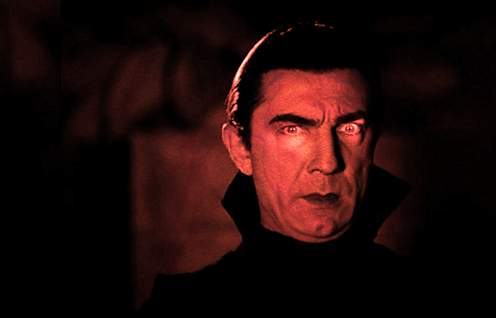Eleanor Catton's Birnam Wood is a horror story for our time
- Written by Julian Novitz, Senior Lecturer, Writing, Department of Media and Communication, Swinburne University of Technology

Almost every review to date mentions the brutal argument that closes the first section of Eleanor Catton’s Birnam Wood[1]. In a novel filled with incident – disasters, chases, one very bad acid trip, general maleficence – it is telling that this scene lingers.
The members of the titular Christchurch guerrilla gardening collective have gathered for a hui (meeting) to discuss a proposed partnership with surveillance technology mogul Robert Lemoine, one of the American billionaire survivalists buying up land in New Zealand. This is bitterly opposed by a former member, Tony, who sees it as accepting “blood money”. But Mira, their nominal leader, argues that the partnership may be their only hope for survival:
there comes a point where refusing to compromise means choosing to be ineffectual and how is that not a violation of our principles? Isn’t that worse – to throw away everything we’ve done, all our hard work, just for the sake of being able to tell ourselves we were right?
Review: Birnam Wood – Eleanor Catton (Granta).
The argument goes on for pages, painfully familiar and utterly compelling. At what point does compromise become complicity? What use is ideological purity if it results in irrelevance? These are difficult questions. We know there are no easy answers.

















